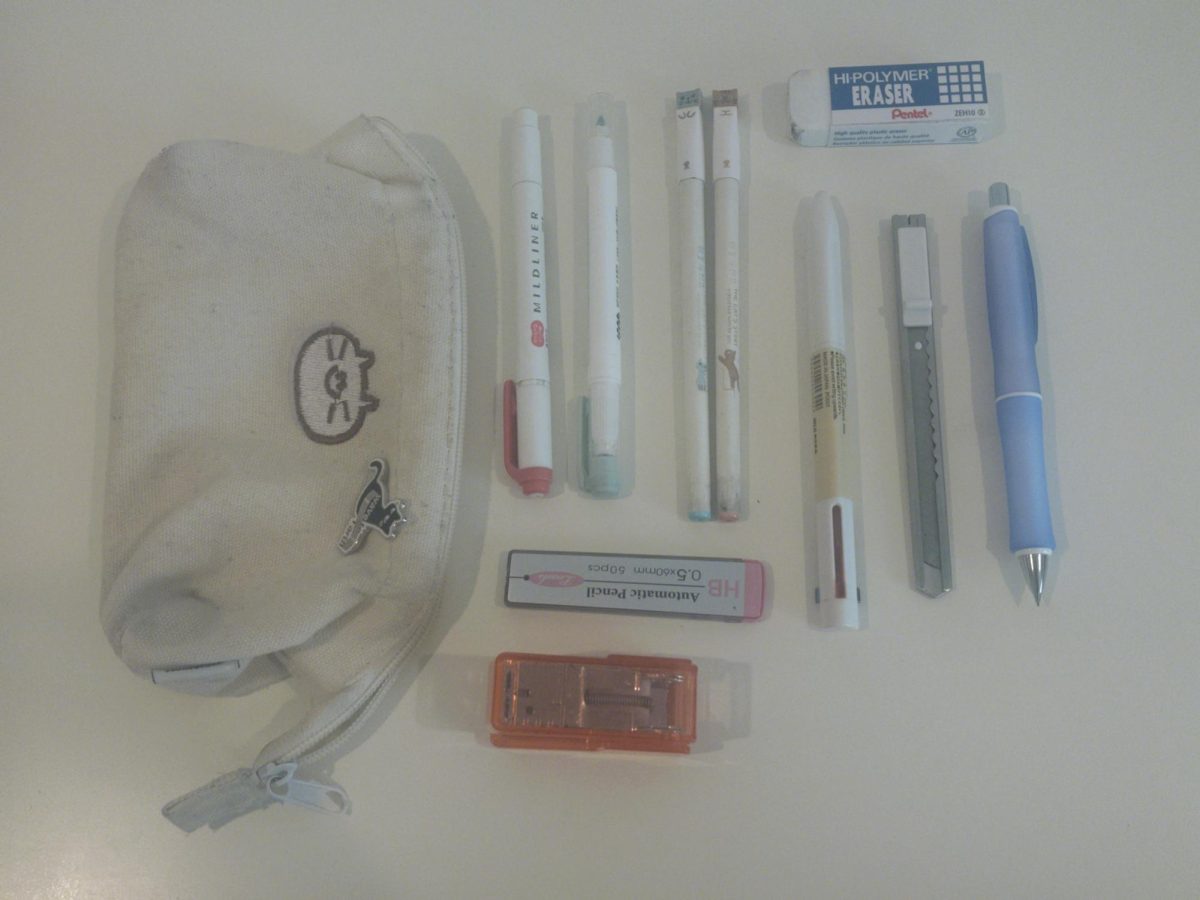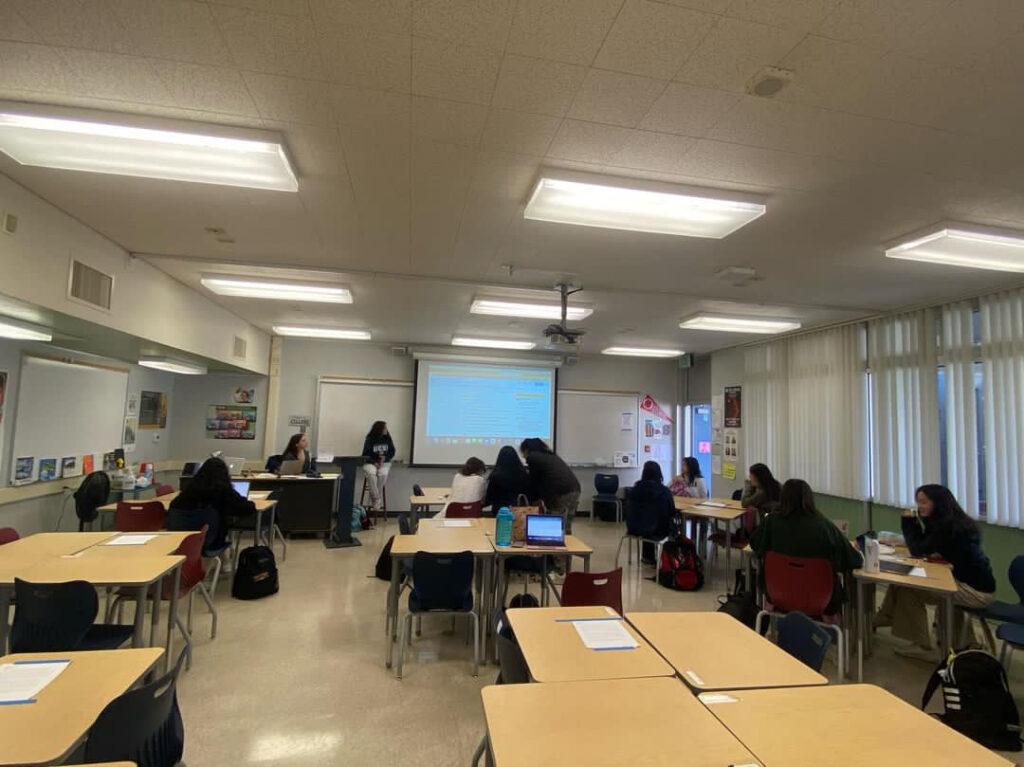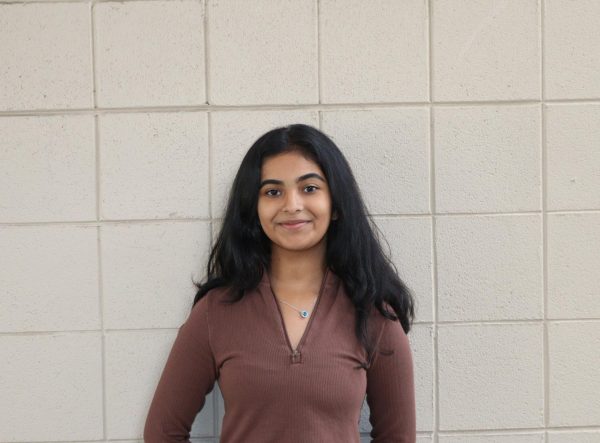Soundings, the student-run literary and arts magazine that showcases entirely student-produced writing and artistic works, has been a staple of student life on campus since the ‘80s — a long-standing relevance which senior editor-in-chief (EIC) Hannah Dimock attributes to its emphasis on creative expression that is “otherwise limited in a STEM-focused school.”
While student participation in Soundings had initially been high, even getting 70 literary works and over 100 art works in 2010, recent years have seen a steady downward trajectory. Dimock, along with the other EICs, senior Jonny Luo and junior Anika Kapasi, expected about 30 literary works and 20 artistic works during their initial first semester deadline on Sept. 19, which was about the number that they received last year at the same time. This would’ve been enough to create an online winter issue.
However, at the end of that Sept. 19 deadline, they only received five literary works and no artworks on their submission forms.
“There was definitely worry [that we wouldn’t have an issue], but I had confidence that we were going to figure things out with our amazing staff,” Dimock said.
The unexpectedly low number led EICs to push back timelines and increase their advertisements. Though no exact dates have been confirmed besides the new submission deadline on Oct. 27, the magazine is projected to be out around late November or early December.
Hoping to get the word out and generate interest, the staff made posters that they placed around the school and in English classrooms, sent an informational slide for English teachers to preview to their classes and had principal Greg Louie place announcements in his Friday letter.
The effort resulted in some success: Submissions went up to 26 writing works and 38 artworks, a number that is much closer to their target. Had they not, the staff would have had to consider other options that would affect the distribution of the magazine itself, such as publishing two smaller online issues as opposed to one in print and one online as they do every year.
Dimock attributes this steep decline to a new demographic on campus that might not know of the magazine’s existence.
“Last year I think a very sizable chunk of people who submitted pieces were seniors, which is why we experienced such a decline this year,” Dimock said. “Obviously [a majority] of the freshmen have probably never heard of it before.”
Most of the submitted works will make an appearance in their online Winter issue, which Dimock calls a “trial issue”: a smaller compilation of works that will be published online without a specific quota. The demand for submissions will increase when the magazine publishes a physical issue in the spring, which comprises more curated first and second semester works that will take up a limited amount of pages.
Dimock expects that as word of the magazine spreads, submission rates will go up in time for the Spring issue and they will have a chance to curate works accordingly.
“This semester is an adjustment period for freshmen and a very chaotic time for seniors, so I think that once people are settled and have more time on their hands to work on creative expression, we will be in a better place,” she said.
Regardless of its occasional difficulties with submissions, Dimock said that Soundings has maintained its relevance for a reason.
“Writing and arts are such powerful outlets of self-expression, so having this place where students can bring their work together,” she said. “I think it’s a really great way to connect with people who have the same interests as you.”




























